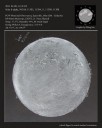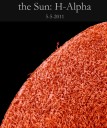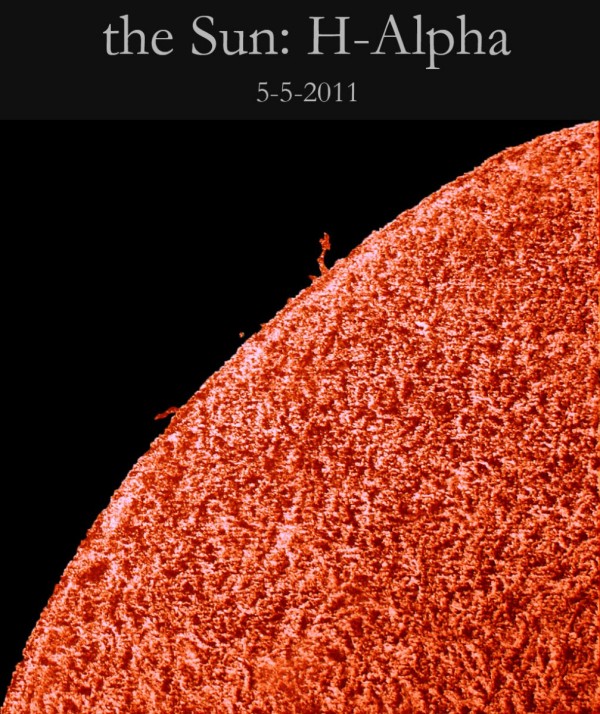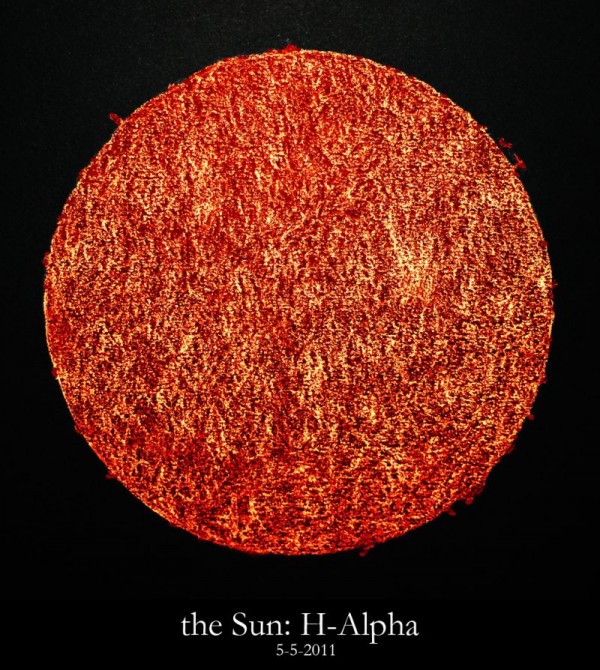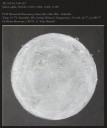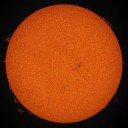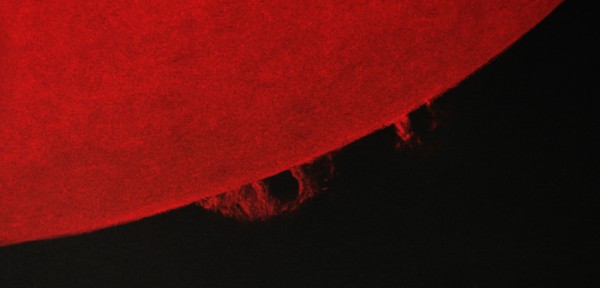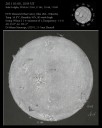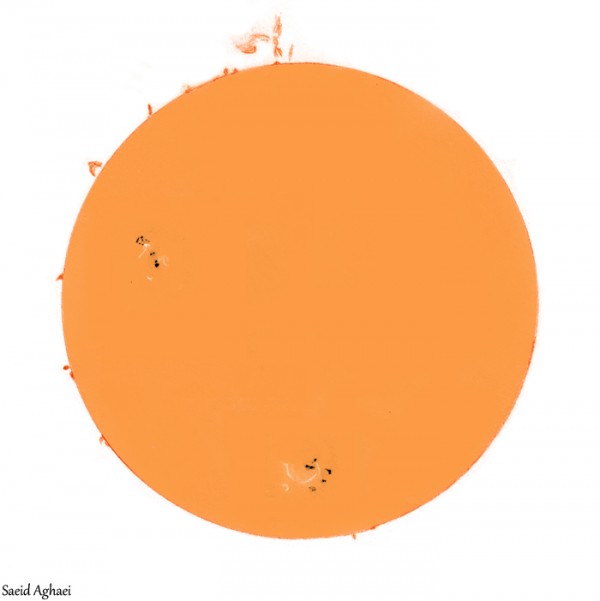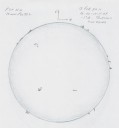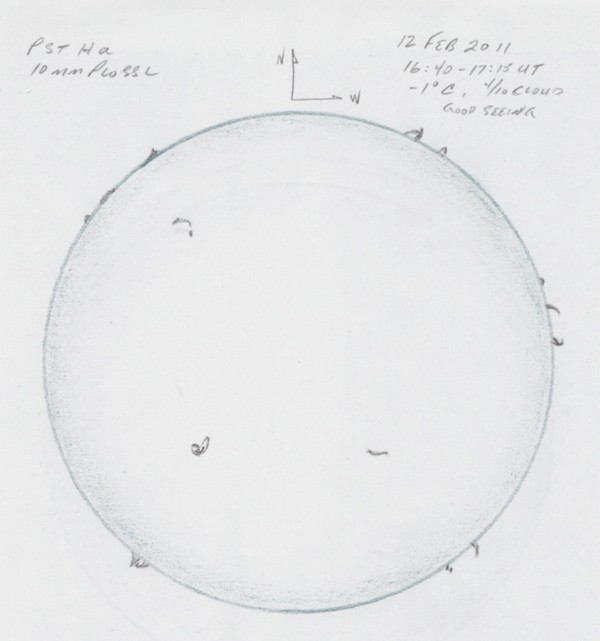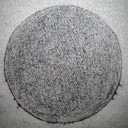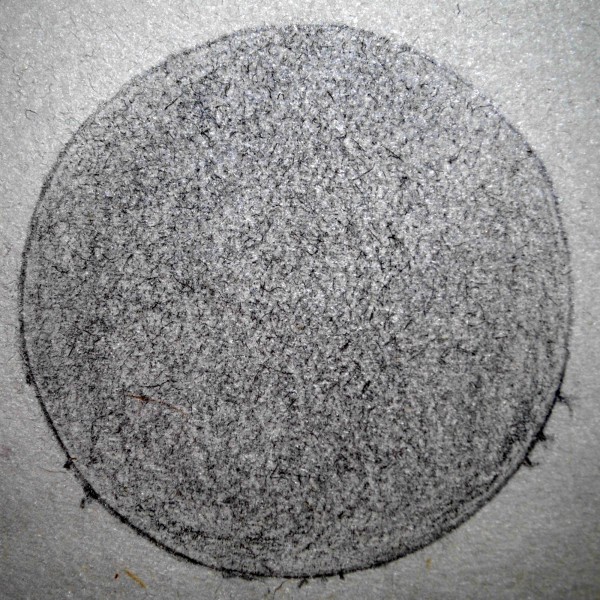2011 05 09, 1429UT-1550UT
Solar NOAA 11203, 11204, ??, 11209, 11208
www.pcwobservatory.com
PCW Memorial Observatory, Zanesville, Ohio USA – Erika Rix
DS 60mm Maxscope, LXD75, 21-7mm Zhumell, ETX70 AT w/tilt plate and white light glass filter.
All sketches done scopeside and flipped in Photoshop to match standard orientation. H-alpha sketch created with black Strathmore Artagain paper, white Conte’ crayon and pencil, Derwent charcoal pencil, black oil pencil. White light sketch created on photocopy paper with 0.5mm mechanical pencil and #2 pencil.
Transparency made it nearly impossible to view prominences at the start of the session with the thin layer of cirrus creating a milky white sky. There were small breaks that allowed me to sketch in some of the detail on a western prominence, that later as the transparency improved, showed an abundance of thin whispy structure that wasn’t captured on paper. By that time, I was already working on a full disk sketch in h-alpha. Seeing was terrific until I started on the white light observation, but had I set up the ETX at the beginning of the session to let the scope adjust to the warmth, it would have been much better by the time I observed with it. As it was, I observed in the observatory for protection of the wind as I view with a shade attached to the objective and wanted to avoid vibration.
There is a possible new active region between 1209 and 1208 that, while observing in white light, had several little spots forming an elliptical shape with pointed ends like a football. I noticed facula around 1208, but the seeing was so bad that I couldn’t make out a definite shape. The umbra of the preceding spot in that region was displaced, as was the preceding spot in 1203. I didn’t notice any sunspots in 1209 during my observation, but that may have been the result of the seeing.
The band of active regions is still putting on a nice show in h-alpha with more-defined plage around them.
